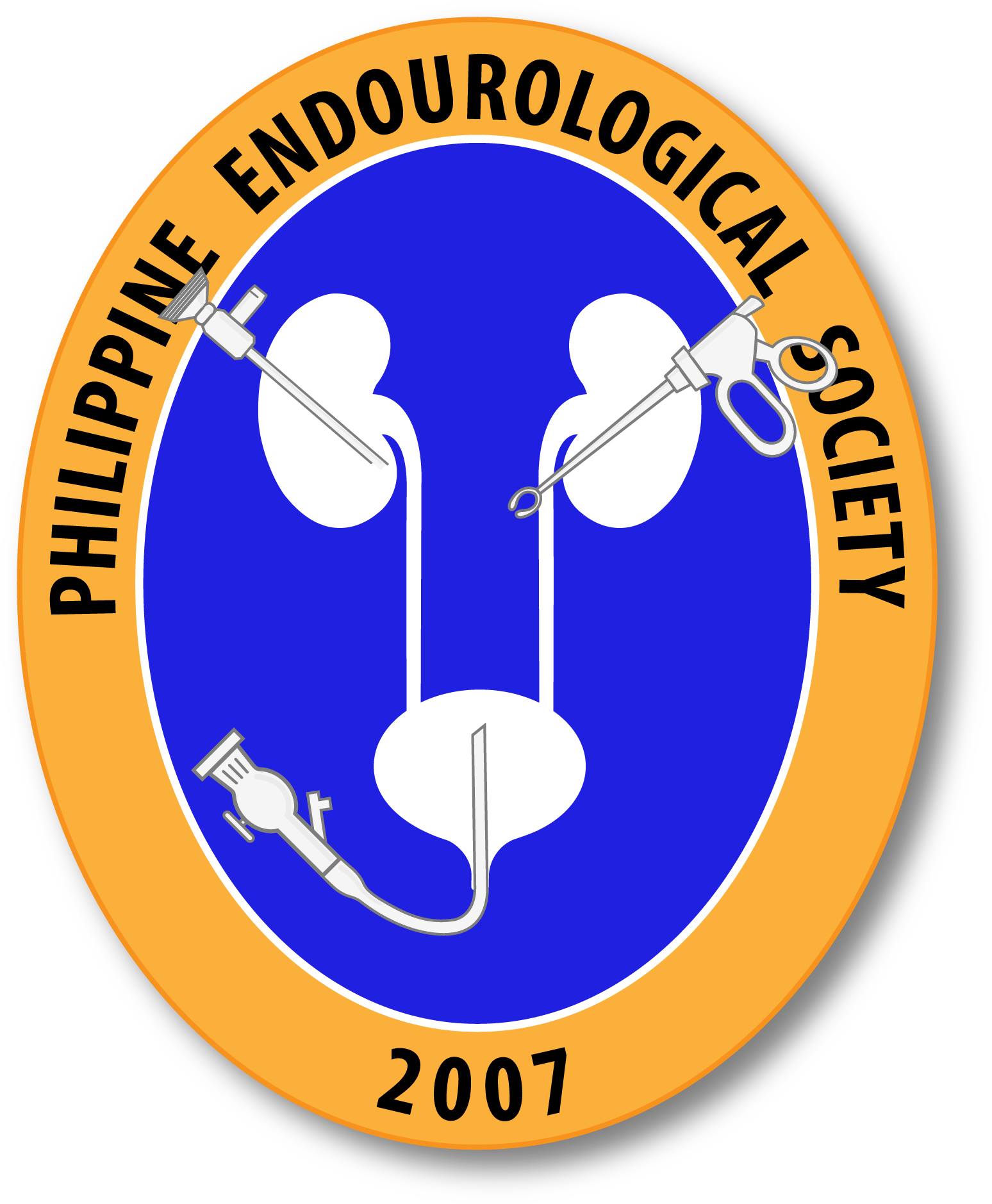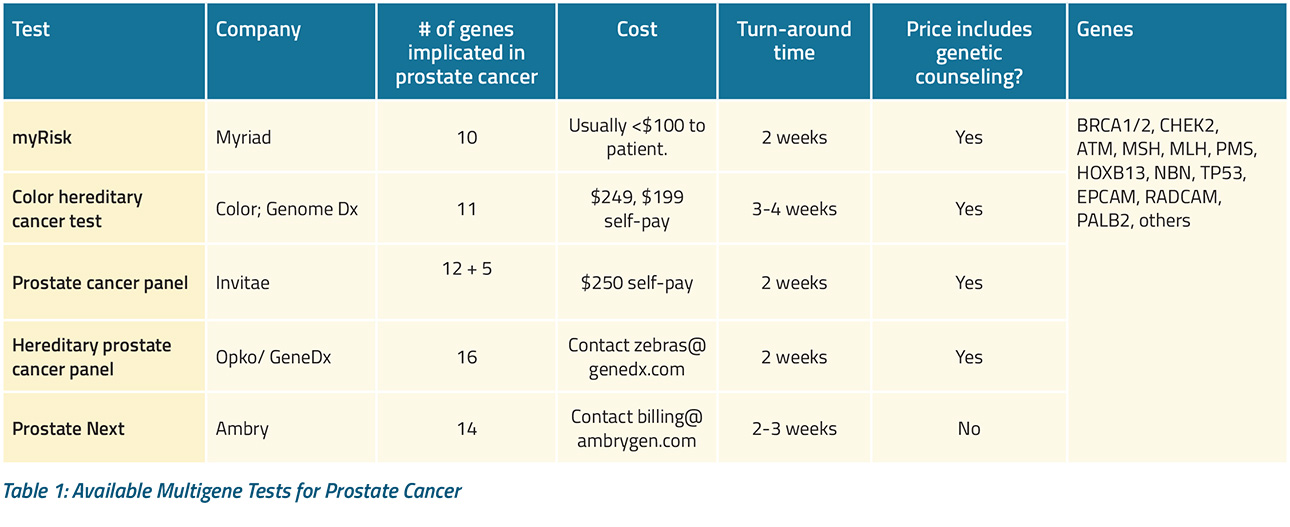Safety and Efficacy of Bilateral Simultaneous Percutaneous Nephrolithotomy.
To evaluate the safety and efficacy of bilateral simultaneous percutaneous nephrolithotomy in one tertiary hospital in Nepal. Retrospective study was done for all patients that underwent bilateral simultaneous percutaneous nephrolithotomy in our center from January 2010 to December 2017. The study included 36 male and 16 female patients with totalof 104renal units at an average […]

